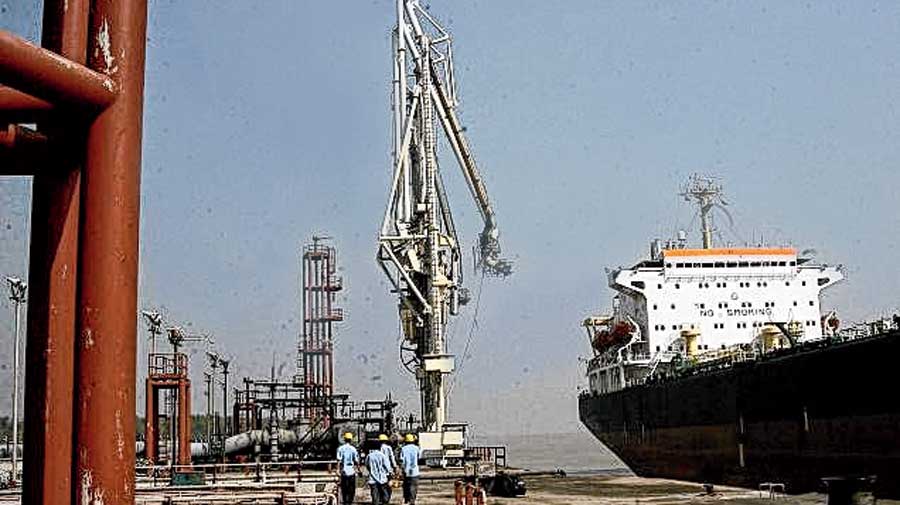Calcutta Port Trust will undertake a study to examine if it is feasible to construct a tunnel under the river Hooghly to facilitate movement of cargo by avoiding the city traffic.
The primary objective of the study will be to explore options to connect the port, which lies to the south west of the metropolis, to the national highways grid across the river in Howrah.
Vinit Kumar, chairman of Shyama Prasad Mukherjee Port Trust — as the port is now officially called — said the infrastructure has to be built keeping in mind the rise in cargo movement and growing congestion from the port side at Khidderpore up to the approach of the second Hooghly bridge.
“We are appointing a consultant to prepare a techno-feasibility study to understand the best possible way of moving cargo by bypassing city roads. It could be a tunnel, which though a little expensive, can be considered keeping the future in mind,” Kumar said.
He was speaking at a logistic colloquium organised by CII on port connectivity, which was attended by the Union minister for state for shipping, Mansukh Mandaviya.
Kumar later explained that the success of building an underwater tunnel for the East West Metro project has opened up the possibility of constructing a similar structure to take the loads off roads.
Asked who would finance the project, Kumar said the state government or even the Calcutta Municipal Corporation could participate in it, given the impact it would have on city infrastructure.
There are global benchmarks available before the port to emulate. Most famous of them all is a 1.37-km tunnel connecting the port installation and the city of Antwerp in Belgium.
The study can throw up other options as well, Kumar said, such as building a flyover from the dock systems to the approach of the second Hooghly Bridge in Hastings or even starting a Ro-Ro (roll on, roll off) ferry service to move trucks or containers.
The port authority, which maintains several roads in the port area, have been at odds with the state government and CMC for the last few years over evacuation of cargo. The local administration first restricted movement of heavy cargo via truck during the festive season throughout the day in 2016, putting pressure on the port’s operations. The restrictions were again imposed in 2018 following the collapse of Majerhat bridge.
The port’s operations in Calcutta mainly centres around movement of containers, which move to and from the hinterland by truck and rail. It is also a gateway to landlocked Nepal and Bhutan.
The Calcutta Dock System, which handled 17.3 million tonne cargo last fiscal, is also initiating short term decongestion measures. It will appoint an agency to offer an internet of things-based service to the truckers for drop and pick up of cargo inside the port area.
At present, trucks drop export cargo inside the port, leave the area and again come back later to pick up import cargo. A platform will be developed for truck operators to know the demand and supply position to effectively manage their trips.
“The idea is to minimise movement of trucks with the aid of technology,” Kumar explained.











